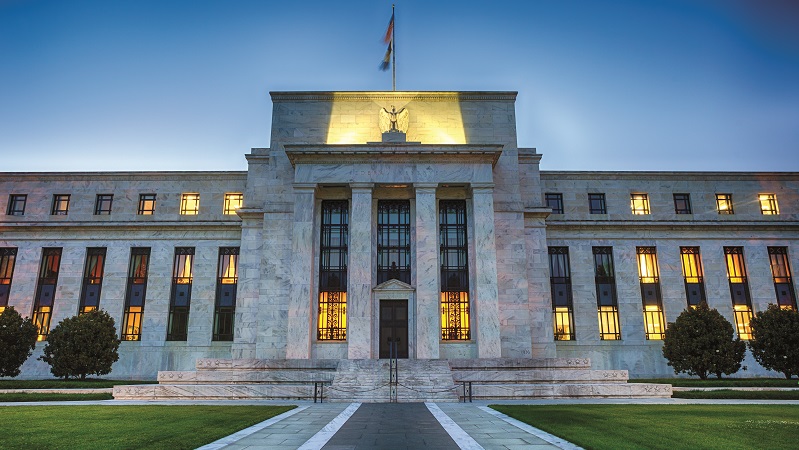The Federal Reserve looks set to raise interest rates by another 50 basis points at its May meeting and the 10-year treasury yield has now hit 3%. For much of the past decade, stock markets have been supported by the ‘Tina’ (‘There Is No Alternative’) trade, which has dominated investor decision-making.
Bond yields were so low that there was no realistic substitute for equity investment except for the most bearish.
However, after the worst opening quarter for government bond markets in a decade, yields are at highs not seen since 2018. It is worth remembering that it has only been above 3% once since 2011. Does the recent rise in yields mark the end of the Tina trade? And if so, should investors reconsider long-held underweight positions in government bonds?
Potential for recession has changed outlook for fixed income
This problem has been caused by rising and persistent inflation, which continues to come in ahead of expectations. While there had been hopes central banks would pare back rate rises to address the rising cost of living, they have made it clear that tackling inflation is a priority. The market is now pricing in far more aggressive rate hikes. Short-term rates have risen sharply, flattening the yield curve.
This has introduced a new decision for asset allocators. John Flahive, head of fixed income at BNY Mellon Wealth Management, says: “Now that we have seen a material adjustment higher in interest rates, the risk-reward characteristics of fixed income is looking more compelling.
“We have been very underweight Treasuries within our recommended fixed income portfolio. And while we still maintain that today, we can see a situation in the quarters ahead – particularly if yields go higher – that the concept of ‘there is no alternative’ to equities diminishes, and fixed income becomes a more attractive asset class from a risk-reward perspective.”
He argues that certain elements need to be in place for this shift to take place: “We really need to see evidence that inflation is peaking and starting to slow down. And that is our base case, although we recognise that inflation is unlikely to revert to pre-pandemic levels of under 2%.
He believes the two- and 10-year yields have already priced in the expected increases in US interest rates. As such, any sign that inflation has peaked and is coming down should bring a reprieve. He also suggests that the potential for recession later this year could also change the outlook for fixed income, dampening the inflationary threat and – potentially – bringing down bond yields.
High inflation already priced in
In its latest Capital Markets outlook, Merrill Lynch also believes that the ability to reinvest cash flows at higher yields is welcome after years of financial repression. It says that it is possible that a good portion of bond market losses are now over: “The market expects the terminal federal funds rate to be in the low 3% range, longer-dated yield curves are already flattening, and 10-year Treasuries have moved from 0.5% to close to 3% already. Unless the 10-year rises to 5.5% quickly, the vast majority of market value losses may have already occurred.”
The question is largely over whether inflation will continue to surprise. High inflation is already priced into markets. Certainly, energy prices could still rise higher, as the war in Ukraine takes its toll, but the resulting economic slowdown may curb inflationary pressures. This is changing the balance of risks.
As Vanguard puts it: “There may well be more repricing to come in the next year or so. But the future return potential of fixed income is increasing. […] interest rate highs—at least in some parts of the yield curve—are already within reach.” The bond market has moved very far, very fast, and the balance of risk and reward has notably shifted.
Flow into equities not guaranteed with higher yields
However, there are those who believe the pain is not yet over for government bond markets, particularly outside the US and in shorter-dated securities. Insight, for example, continues to have short positions on 10-year gilts and shorter-dated US treasuries. It believes the market has not yet priced in enough rate rises in the UK.
With energy a key driver of UK inflation, it sees a second round of pricing pressures that could become more entrenched. However, it also believes that investors may be close to a buy trigger in shorter-dated US bonds.
There could also be an impact on stock markets, though this is difficult to predict. The Tina trade has ensured a ready flow of funds into equities that cannot be guaranteed in a new environment with higher yields.







